Home>Home Appliances>Heating & Cooling>How Can I Keep My Air Heating Ducts Free From Mold
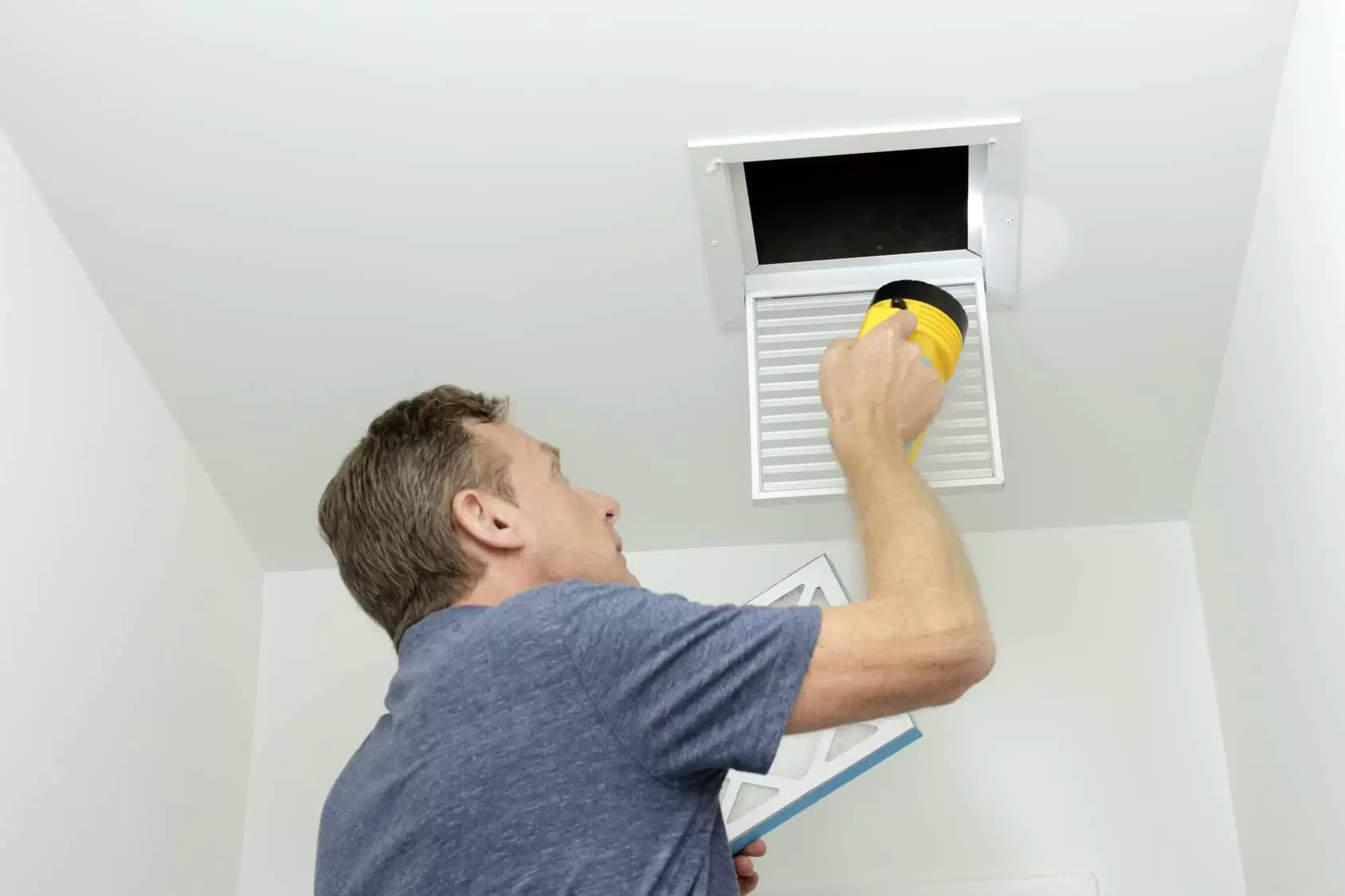

Heating & Cooling
How Can I Keep My Air Heating Ducts Free From Mold
Modified: February 16, 2024
Learn effective ways to prevent mold in your heating and cooling ducts. Keep your air ducts clean and mold-free with these helpful tips.
(Many of the links in this article redirect to a specific reviewed product. Your purchase of these products through affiliate links helps to generate commission for Storables.com, at no extra cost. Learn more)
Introduction
Maintaining a comfortable and healthy indoor environment is a top priority for homeowners and businesses alike. A crucial component of achieving this goal is ensuring that air heating ducts remain free from mold. Mold growth within heating ducts not only compromises indoor air quality but also poses potential health risks to occupants. Therefore, understanding the causes of mold in air heating ducts and implementing effective preventive measures is essential for safeguarding the well-being of those who reside or work within the space.
Mold thrives in environments with high humidity and moisture, making air heating ducts an ideal breeding ground. As warm air circulates through the ductwork, condensation can form on the interior surfaces, providing the necessary moisture for mold spores to germinate and proliferate. Additionally, dust and debris that accumulate within the ducts serve as organic nutrients for mold growth, exacerbating the issue.
Preventing mold in air heating ducts requires a multifaceted approach that addresses both the root causes and contributing factors. By implementing proactive measures to control humidity levels, minimize moisture accumulation, and maintain cleanliness within the ductwork, individuals can significantly reduce the risk of mold infestation. Furthermore, regular inspection and maintenance of the heating system are crucial for identifying and addressing potential issues before they escalate into more significant problems.
In the following sections, we will delve deeper into the causes of mold in air heating ducts, explore practical tips for preventing mold growth, and discuss the importance of regular cleaning and maintenance. By gaining a comprehensive understanding of these key aspects, individuals can take proactive steps to ensure that their air heating ducts remain free from mold, thereby promoting a healthier and more comfortable indoor environment for all occupants.
Key Takeaways:
- Preventing mold in air heating ducts is crucial for a healthier indoor environment. Control humidity, ensure insulation, and clean ducts regularly to keep the air clean and safe.
- Regular maintenance and professional inspections are key to keeping air heating ducts mold-free. Clean ducts improve air quality and energy efficiency, promoting a comfortable living space.
Read more: How To Clean Forced Air Heating Ducts
Understanding the Causes of Mold in Air Heating Ducts
Mold growth within air heating ducts can be attributed to a combination of factors, primarily stemming from the unique environment created by the heating and cooling processes. Understanding these causes is crucial for implementing effective preventive measures and maintaining optimal indoor air quality.
1. Moisture Accumulation:
As warm air circulates through the ductwork during the heating season, condensation can form on the interior surfaces when it comes into contact with cooler areas. This moisture provides an ideal breeding ground for mold spores, facilitating their germination and proliferation. Additionally, if the ducts are not properly insulated, they are more susceptible to temperature differentials, further exacerbating the condensation issue.
2. High Humidity Levels:
In regions with high humidity, the air drawn into the heating system can contain elevated moisture levels. When this humid air passes through the ductwork, it can contribute to increased moisture accumulation, creating a conducive environment for mold growth. Furthermore, inadequate ventilation or air circulation within the ducts can exacerbate the humidity-related issues.
3. Dust and Debris Buildup:
Over time, dust, dirt, and other organic particles can accumulate within the air heating ducts. These substances serve as a food source for mold, providing the necessary nutrients for its growth and proliferation. As the heating system operates, air movement within the ducts can disturb these particles, releasing them into the air and potentially spreading mold spores throughout the indoor environment.
4. Inadequate Maintenance:
Neglecting regular inspection and maintenance of the heating system and ductwork can contribute to mold growth. Issues such as leaks, damaged insulation, or clogged drainage channels may go unnoticed, leading to moisture accumulation and creating an environment conducive to mold infestation.
By comprehensively understanding these causes, individuals can proactively address potential risk factors and implement preventive measures to mitigate the conditions that promote mold growth within air heating ducts. This knowledge serves as a foundation for the subsequent discussion on practical tips for preventing mold and the importance of regular cleaning and maintenance to ensure the longevity and efficiency of the heating system.
Tips for Preventing Mold in Air Heating Ducts
Implementing proactive measures to prevent mold growth in air heating ducts is essential for maintaining a healthy indoor environment. By addressing the root causes and risk factors associated with mold infestation, individuals can significantly reduce the likelihood of encountering mold-related issues within their heating systems. Here are practical tips for preventing mold in air heating ducts:
-
Control Humidity Levels: Maintaining optimal humidity levels within the indoor environment is crucial for preventing mold growth in air heating ducts. Using dehumidifiers in areas prone to high humidity, such as basements or utility rooms, can help regulate moisture levels and minimize the risk of condensation within the ductwork.
-
Ensure Proper Insulation: Properly insulating air heating ducts can help mitigate condensation issues by reducing temperature differentials and minimizing the potential for moisture accumulation. Insulation materials designed for ductwork can be installed to create a barrier that helps maintain consistent temperatures and prevent condensation.
-
Promote Adequate Ventilation: Improving ventilation within the ductwork can help reduce moisture buildup and inhibit mold growth. Ensuring that air vents and registers are unobstructed and allowing for proper airflow throughout the system can help prevent stagnant, humid conditions that are conducive to mold proliferation.
-
Regularly Replace Air Filters: Routine replacement of air filters is essential for maintaining clean and efficient airflow within the heating system. Clean filters promote better air quality and reduce the circulation of dust and debris, which can serve as nutrients for mold growth within the ducts.
-
Schedule Professional Inspections: Regular inspections by HVAC professionals can help identify potential issues that may contribute to mold growth, such as leaks, damaged insulation, or clogged drainage channels. Professional assessment and maintenance of the heating system can address these issues before they escalate into more significant problems.
-
Clean Ductwork Periodically: Periodic cleaning of air heating ducts can help remove accumulated dust, dirt, and debris, reducing the organic nutrients available for mold growth. Professional duct cleaning services can effectively eliminate these substances and contribute to a cleaner, healthier indoor environment.
-
Monitor and Address Water Leaks: Promptly addressing any water leaks or moisture intrusion within the ductwork is crucial for preventing mold growth. Regularly inspecting the ducts for signs of leaks and addressing them promptly can help mitigate the risk of mold infestation.
By implementing these preventive measures, individuals can proactively safeguard their air heating ducts against mold growth, thereby promoting a healthier and more comfortable indoor environment for all occupants. Regular maintenance and proactive measures are key to preventing mold-related issues and ensuring the long-term efficiency of the heating system.
Cleaning and Maintaining Air Heating Ducts
Proper cleaning and maintenance of air heating ducts are essential for ensuring the longevity, efficiency, and indoor air quality of the heating system. Over time, air ducts can accumulate dust, debris, and potentially mold, posing a risk to the overall functionality of the system and the health of occupants. Implementing regular cleaning and maintenance practices is crucial for addressing these concerns and promoting a healthier indoor environment.
Importance of Cleaning and Maintenance
-
Enhanced Indoor Air Quality: Clean air ducts contribute to improved indoor air quality by minimizing the circulation of dust, allergens, and contaminants throughout the living or working space. This is particularly beneficial for individuals with respiratory conditions or allergies, as clean ductwork reduces the potential triggers for adverse health reactions.
-
Energy Efficiency: Clean air ducts facilitate better airflow and heat distribution, allowing the heating system to operate more efficiently. When ducts are clogged with debris, the system must work harder to maintain the desired temperature, leading to increased energy consumption and higher utility bills. Regular cleaning helps optimize the system's performance and energy efficiency.
-
Prevention of Mold and Odors: Periodic cleaning of air ducts helps eliminate accumulated dust and debris, reducing the organic nutrients available for mold growth. Additionally, it can mitigate the presence of musty odors that may result from stagnant moisture or mold within the ductwork, contributing to a fresher indoor environment.
Read more: How To Keep Outdoor Rugs From Molding
Cleaning and Maintenance Practices
-
Professional Duct Cleaning: Engaging professional duct cleaning services is recommended to ensure thorough removal of accumulated dust, debris, and potential mold growth within the ductwork. Professional technicians utilize specialized equipment to effectively clean the entire duct system, including hard-to-reach areas, promoting a comprehensive cleaning process.
-
Inspecting and Sealing Ductwork: Regular inspection of the ductwork for leaks, damaged insulation, or loose connections is crucial for identifying potential issues that may compromise air quality and system efficiency. Addressing these issues promptly and sealing any leaks helps prevent moisture intrusion and the associated risks of mold growth.
-
Routine Filter Replacement: Regularly replacing air filters is a fundamental aspect of duct maintenance. Clean filters promote better airflow and prevent the circulation of dust and debris throughout the system. This simple yet essential practice contributes to improved indoor air quality and system efficiency.
-
Monitoring Humidity Levels: Monitoring indoor humidity levels and addressing any excessive moisture issues is vital for preventing mold growth within the ductwork. Implementing measures to control humidity, such as using dehumidifiers in areas prone to high moisture levels, can help mitigate the risk of mold infestation.
-
Professional HVAC Maintenance: Scheduling routine maintenance and inspections by HVAC professionals ensures that the entire heating system, including the ductwork, is functioning optimally. Professional assessment and maintenance help identify and address potential issues before they escalate, contributing to the overall efficiency and longevity of the system.
By prioritizing the cleaning and maintenance of air heating ducts, individuals can proactively mitigate potential risks associated with mold growth, poor indoor air quality, and compromised system efficiency. These practices contribute to a healthier and more comfortable indoor environment, promoting the well-being of occupants and the optimal performance of the heating system.
Conclusion
In conclusion, maintaining mold-free air heating ducts is essential for preserving indoor air quality, promoting energy efficiency, and safeguarding the well-being of occupants. By understanding the causes of mold growth within ductwork and implementing proactive preventive measures, individuals can significantly reduce the risk of encountering mold-related issues. Controlling humidity levels, ensuring proper insulation, promoting adequate ventilation, and scheduling regular professional inspections are key strategies for preventing mold infestation in air heating ducts.
Furthermore, prioritizing the cleaning and maintenance of air ducts is crucial for addressing accumulated dust, debris, and potential mold growth, thereby contributing to enhanced indoor air quality, energy efficiency, and the prevention of musty odors. Engaging professional duct cleaning services, inspecting and sealing ductwork, routinely replacing air filters, monitoring humidity levels, and scheduling professional HVAC maintenance are essential practices for ensuring the longevity and optimal performance of the heating system.
By integrating these preventive measures and maintenance practices into regular home or business maintenance routines, individuals can create a healthier and more comfortable indoor environment. Clean and well-maintained air heating ducts not only contribute to improved indoor air quality but also support energy efficiency, potentially leading to cost savings on utility bills. Additionally, the proactive prevention of mold growth within ductwork reduces the potential health risks associated with mold exposure, particularly for individuals with respiratory conditions or allergies.
In essence, the comprehensive understanding of the causes of mold in air heating ducts, coupled with the implementation of preventive measures and regular maintenance, empowers individuals to take proactive steps in preserving the integrity and functionality of their heating systems. By prioritizing the cleanliness and maintenance of air ducts, individuals can create a healthier and more comfortable indoor environment, ensuring that the air heating ducts remain free from mold and conducive to optimal indoor living or working conditions.
Frequently Asked Questions about How Can I Keep My Air Heating Ducts Free From Mold
Was this page helpful?
At Storables.com, we guarantee accurate and reliable information. Our content, validated by Expert Board Contributors, is crafted following stringent Editorial Policies. We're committed to providing you with well-researched, expert-backed insights for all your informational needs.

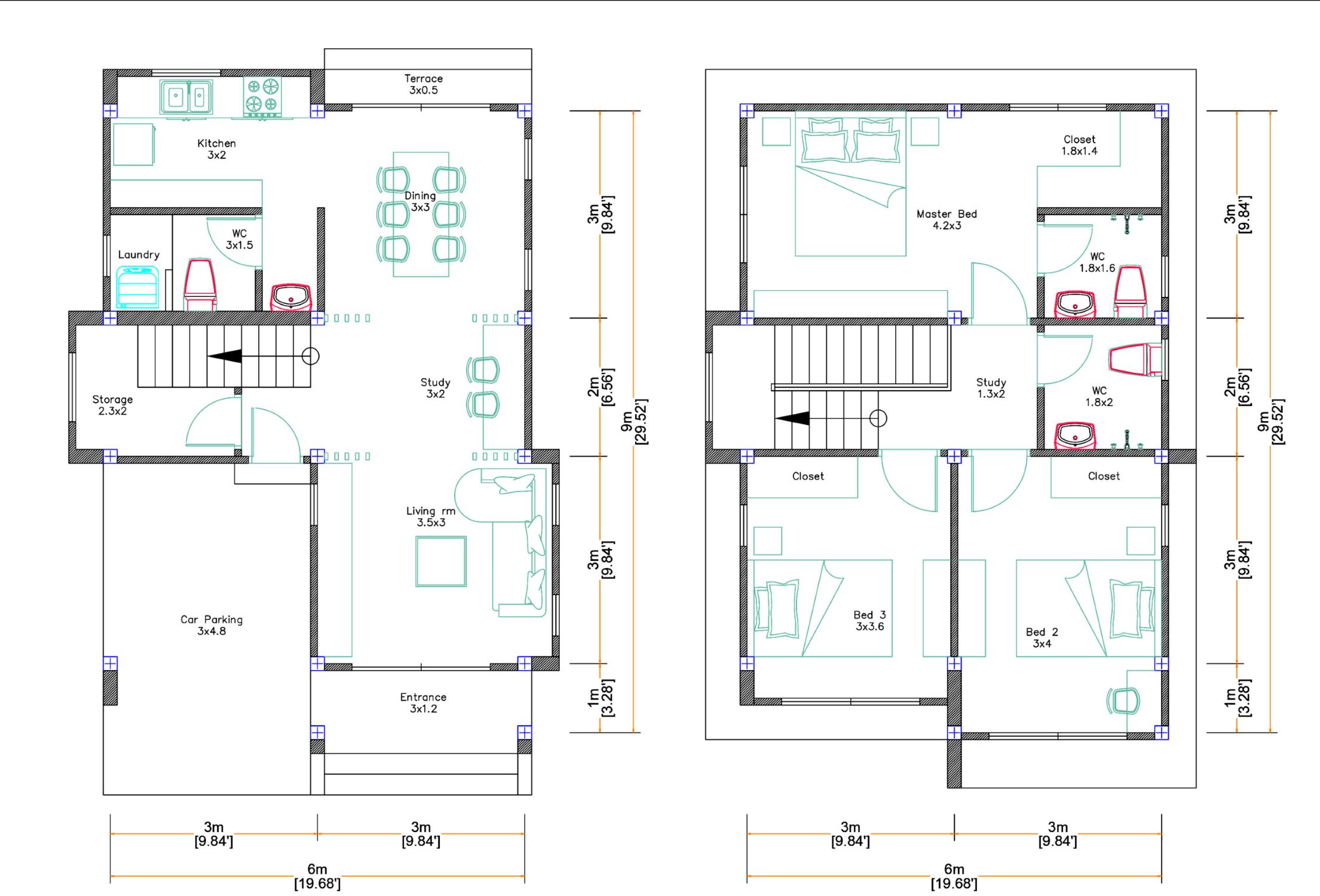

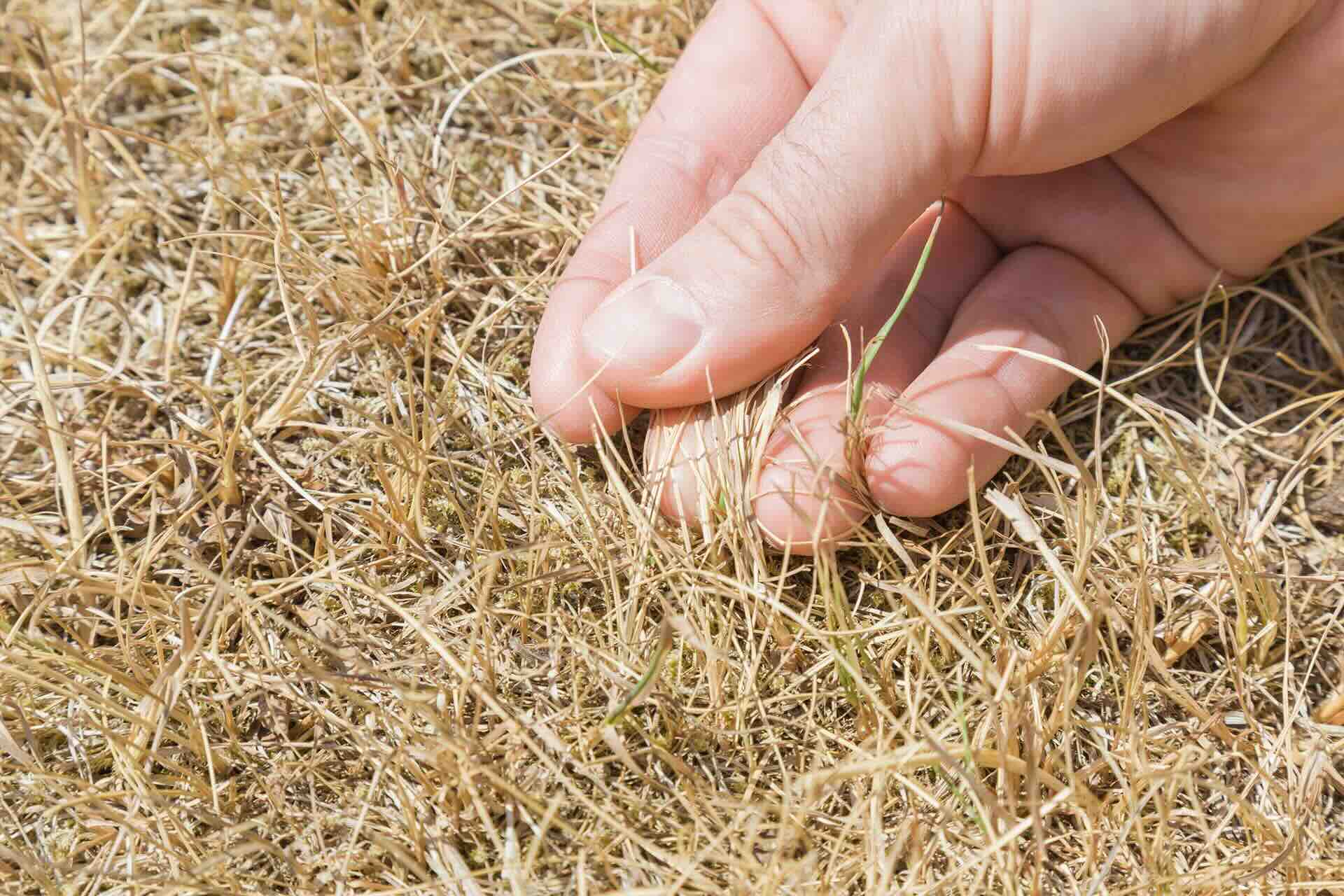


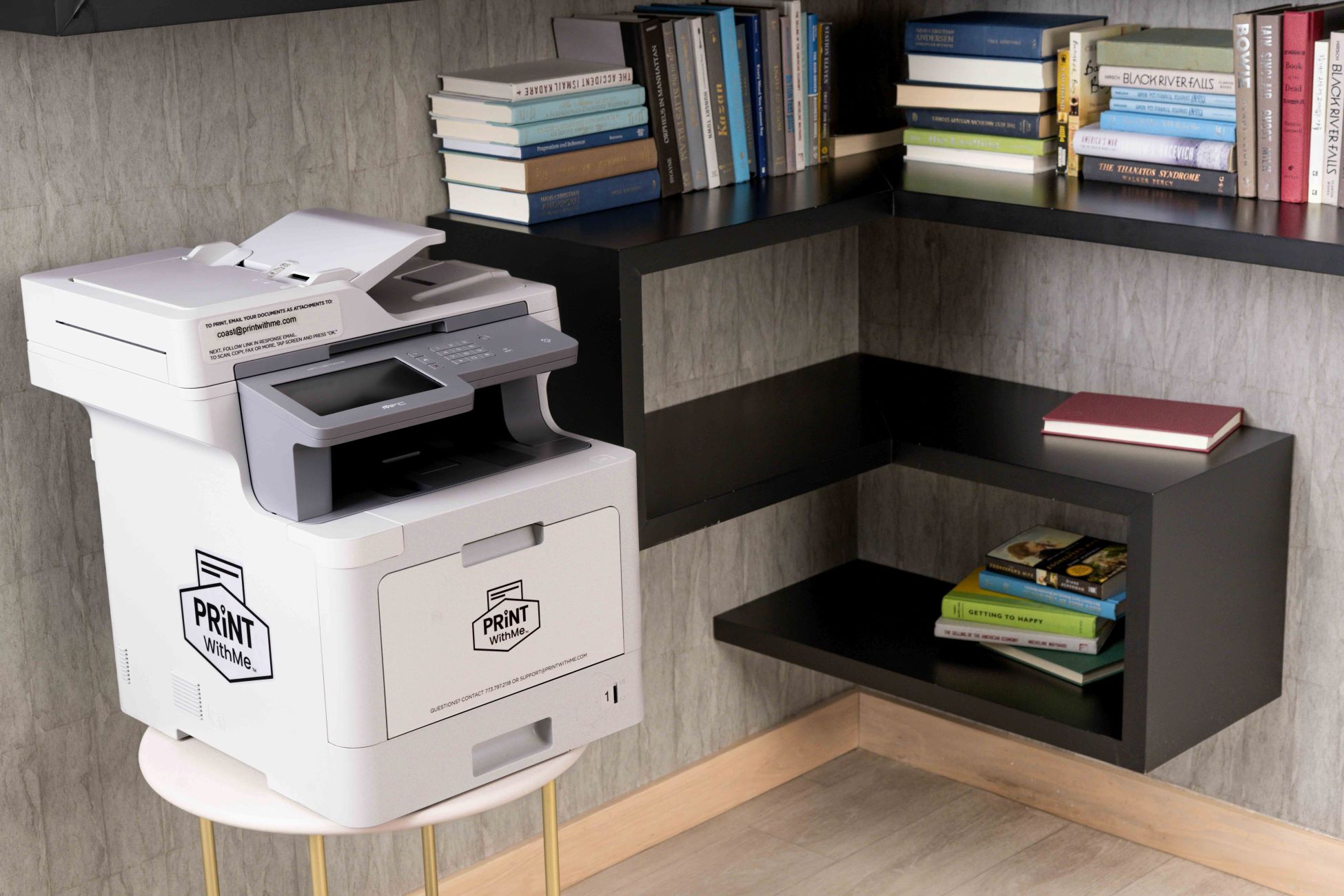
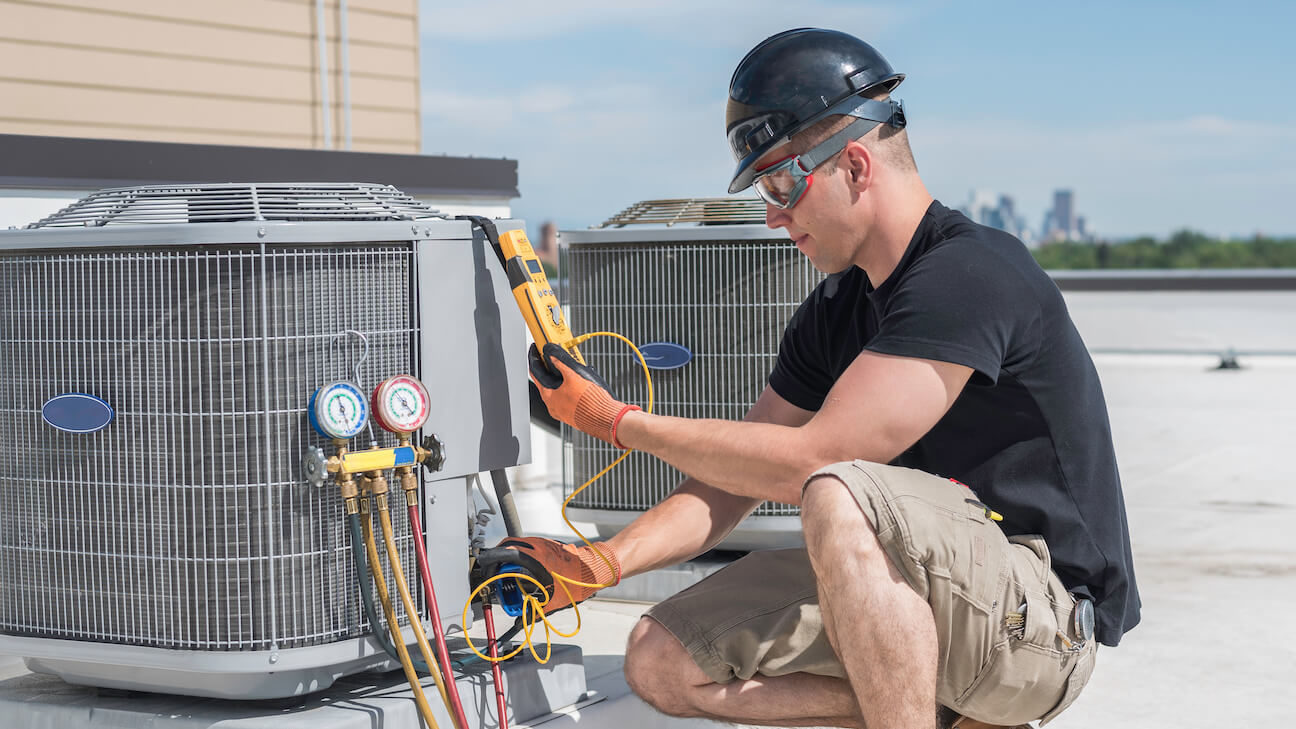
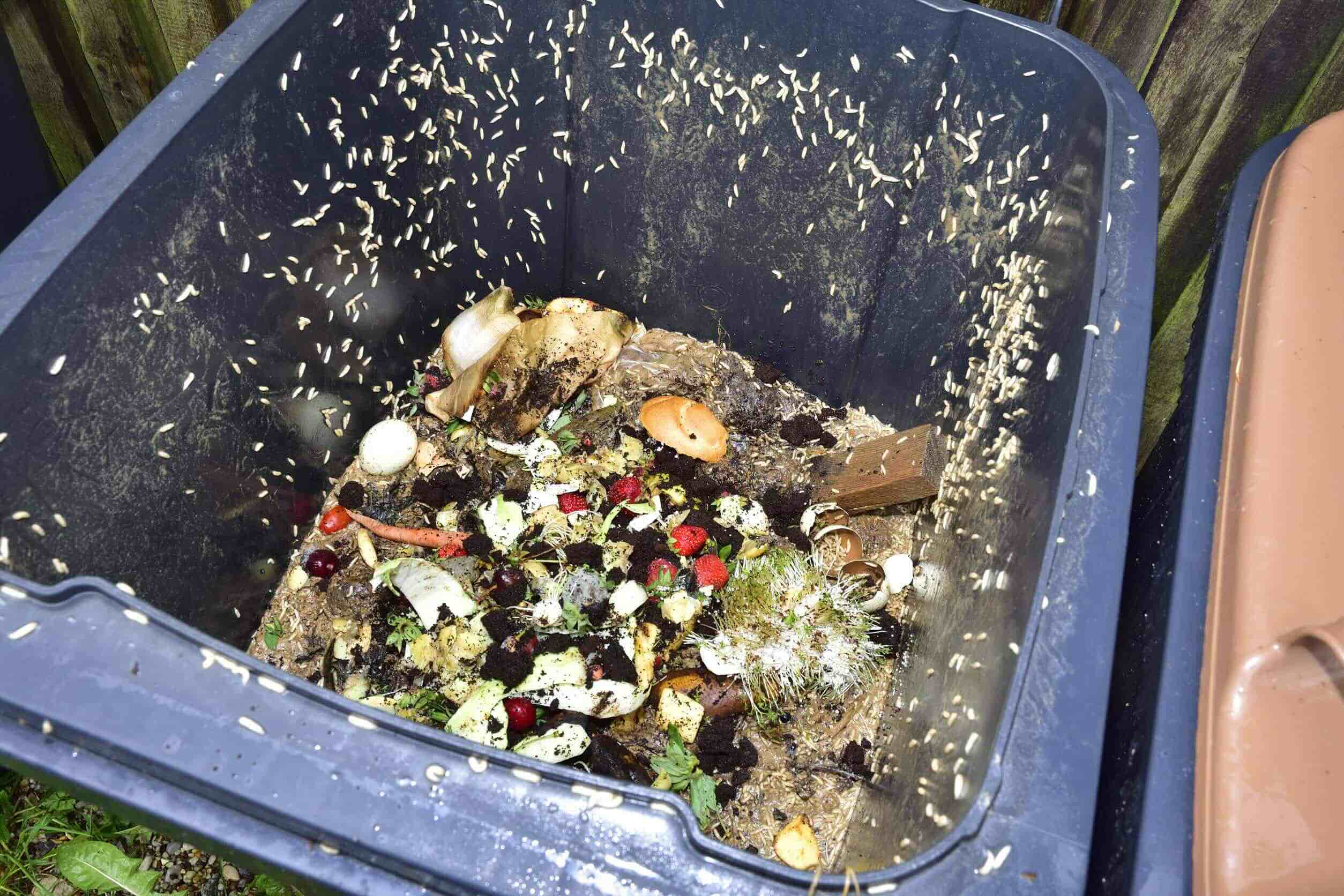

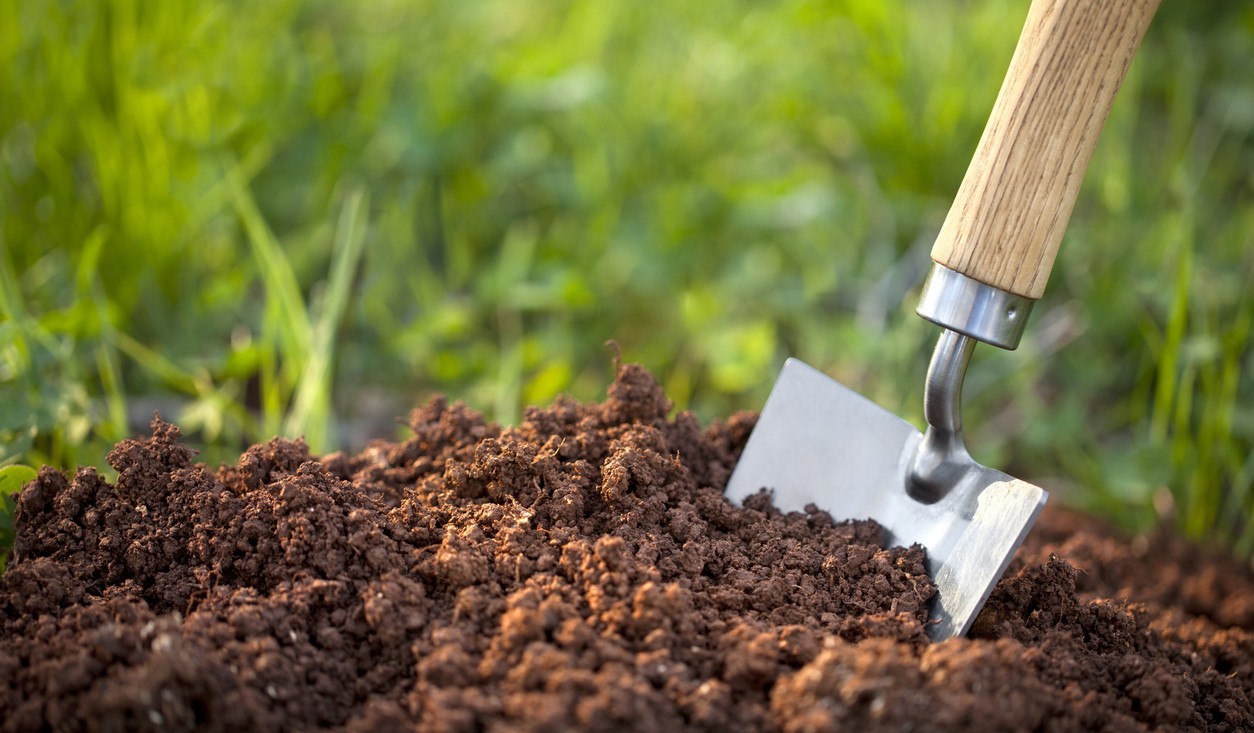
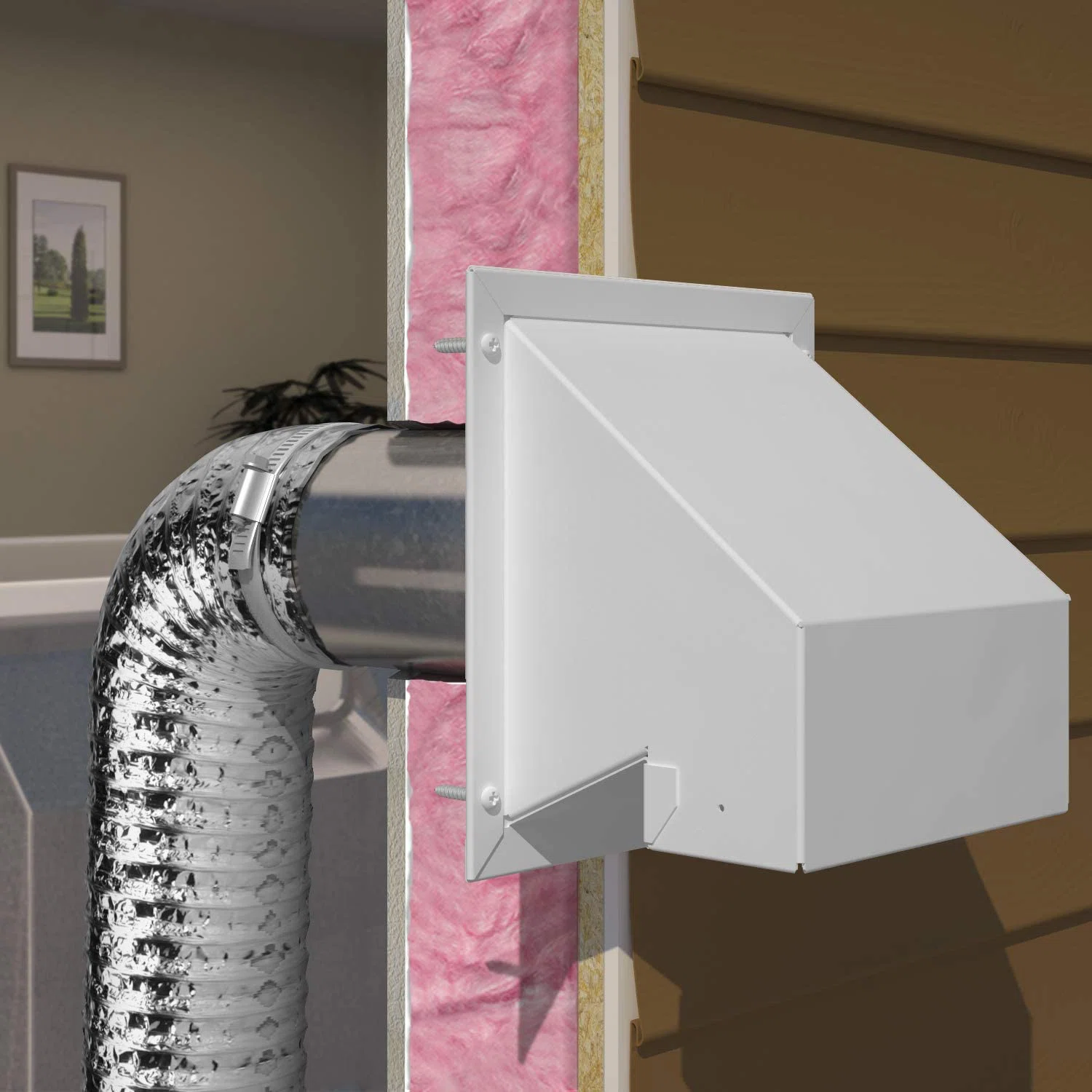


0 thoughts on “How Can I Keep My Air Heating Ducts Free From Mold”